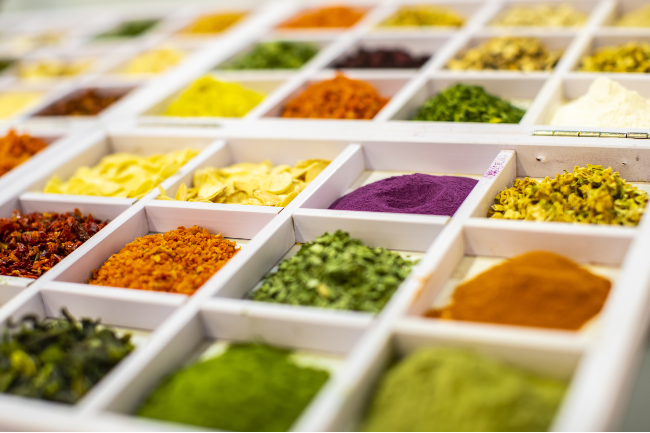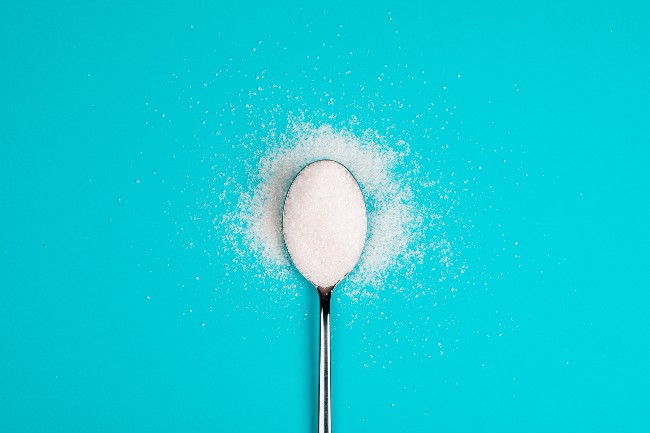Food Additives in Japan: Everything You Need to Know

In a world of pre-packaged food and extensive food processing, trying to stay healthy and largely commit to natural foods can be a difficult task. This is even true in Japan, where ingredient lists and nutrition information on packaging can be difficult to understand without a strong command of Japanese language.
When it comes to food additives, Japan has strong standards. However, these are not always clear to the ordinary consumer. Keep reading as we cover how food additives are defined in Japan, their categories, "additive-free" food labeling.
We also have many other articles that will help you with grocery shopping in Japan covering supermarkets, food expiration dates, labeling of carbohydrates, and more. For a list of international supermarkets in Tokyo, please check this article.
How Japan Defines Food Additives

Food additives in Japan are controlled and standardized by the Ministry of Health, Labor and Welfare (MHLW). The Ministry analyzes and approves food additives to be considered acceptable based on the Food Safety Act (FSA) of 1947, Japan’s predominant lasting food safety and hygiene act. Food additives are defined as substances used in or on food in the manufacturing process or substances used for the processing and preserving of food.
This includes processing aids, flavoring and coloring agents, and vitamins, minerals, and amino acids. These substances can be of either natural or artificial origin. In some countries, substances of natural origin are not considered food additives, and so this is an important point to remember when looking at ingredient lists and additives in Japan.
Food Additive Categories

The MHLW regulates food additives under a “positive list” system, meaning additives must be analyzed, approved, reviewed, and added to the list before they can be used in foods in Japan. There are four main categories that food additives in Japan fall into. These include:
Designated additives: Substances that have been carefully examined by the MHLW and designated as being safe for human consumption.
Existing food additives: Additives that were already prevalent prior to the introduction of the FSA and so are considered safe due to the long history of use without negative side effects.
Natural flavoring agents: Products from natural origin that are used to add to or enhance the flavor of food.
Ordinary foods used as food additives: Similar to natural flavoring agents in that they are natural substances that are stand-alone foods but can also be used as an additive; this includes substances like fruit juice.
Note: The links above will send you to the Japan Food Chemical Research Foundation website, where they provide complete lists in English of food additives accepted for each category (with some lists also including the Japanese translation of each additive).
Food Additives That Are Permitted for Use in Japan

There are 476 designated additives and 357 existing food additives that are approved for use in Japan. When combined with the natural flavoring agents and ordinary foods, the list comes to over 1500 items. This may seem overwhelming, but it is important to remember that some of the items on this list are beneficial, natural components of foods in addition to chemically derived substances.
Some of the most common additives in Japanese food include artificial sweeteners (such as aspartame and stevia), various colorings, and preservatives (such as sodium benzoate and sorbic acid). There are also a number of substances approved to enhance flavor, such as caffeine for bitterness, citric acid for sourness, and amino acids for umami.
Emulsifiers like glycerin fatty acids and thickeners or gelling agents like xanthan gum and guar gum are often used to stabilize the texture of food. Various vitamins are often added to improve the nutritional value of foods; these often include vitamin C and calcium chloride.
"Additive-free" Food Labeling

Just as there has been an increase in healthy eating and a focus on natural ingredients in various countries, Japan has also been taking up the trend. This resulted in a number of Japanese companies adding “additive free,” “no colorants,” or “no preservatives” to their packaging in hopes of attracting customers who are looking for additive-free options. For a long time, there was no clear rules regarding "additive-free" or 無添加 (mutenka) labeling, etc. However, in 2022 a new guideline for non-use of food additives labeling was released.
The guideline had a transitional period of 2 years till March 2024. According to it, there are 10 types of non-use of food additives labeling that require caution. It also provides examples of labeling that is likely not permitted. You can read the guideline in Japanese here. For instance, a simple labeling 無添加 (additive-free) without indicating what is not added would be likely prohibited. The same goes for using terms that are not in accordance with the food labeling standards, association of non-use of additives with health and safety, etc. Food labeling created according to the new guideline makes it easier to make a more informed choice when purchasing groceries in Japan. Please note that the guideline covers only labeling on food packages.
The nutritional information label on food with a list of raw ingredients is the best way to check what additives, if any, have been used. However, it is important to understand that companies are allowed to omit additives that may have been used during the processing of food but are not present in large amounts in the final product.
Where to Buy Additive-free & Organic Food in Japan

While natural, additive-free, organic food is still less accessible in Japan than in the United States or Europe, there is a slowly growing number of stores and restaurants focused on natural ingredients and healthy living in Japan’s metropolitan areas. Many supermarkets aren’t focused on natural ingredients but do include a range of organic foods. These range from the big chain supermarkets like AEON through to the smaller stores like Seijo Ishii, which is more import-focused.
Farmers markets are also a great way to find organic food while supporting local producers. Most large cities in Japan have regular farmers markets and many areas have local fruit stalls as well.
There has also been a rise in the number of restaurants opening with a focus on natural living and organic ingredients. This allows health-conscious consumers to eat out without the worry of whether or not the restaurant’s food has unhealthy additives. Using one of the restaurant guides can be recommended as a convenient way to search for restaurants in Japan.
Incorporate a Healthy Diet into Your Life in Japan

Trying to eat all-natural, additive-free foods can be a difficult task. However, by taking small steps to reduce the number of additives in your diet, it is easy to make a difference to your health and general quality of life. With Japan’s inclusion of natural additives to the list approved by the MHLW, it is best to read the ingredient list (possibly with the aid of a photo translation app) to decide which products are best for you. If you would like to learn about Japanese healthy eating "mago wa yasashii", please check this article. For a list of organic food stores and farmers markets in Tokyo, please check here.
















